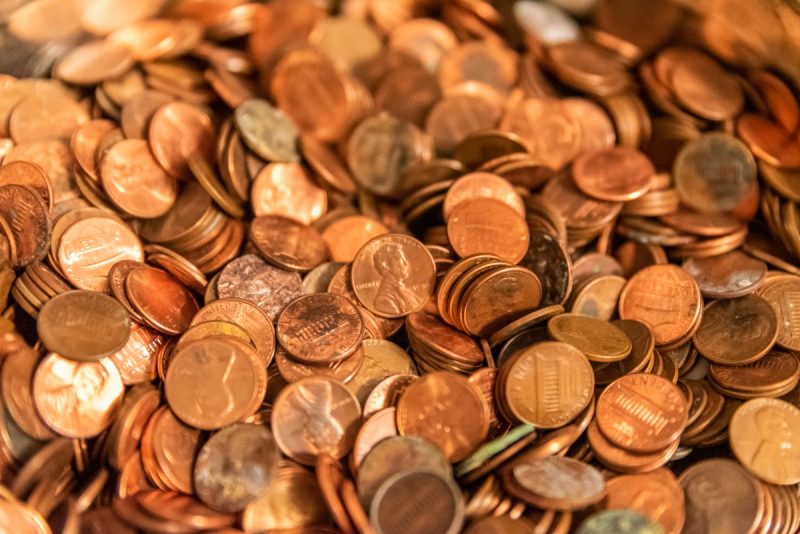
Before you toss those old pennies into a jar or use them for change, take a closer look! Some pennies can be worth thousands, even hundreds of thousands of dollars, transforming a seemingly insignificant coin into a surprising windfall. What makes a penny valuable? It all comes down to a few key characteristics.
One prime example is the wheat penny, minted between 1909 and 1958. These are easily recognizable by their depiction of Abraham Lincoln on one side and two stalks of wheat on the other. Mostly composed of 95% copper, a notable exception occurred in 1943, during World War II. Due to the war effort’s demand for copper, zinc-coated steel was used instead, resulting in some rare bronze pennies that shouldn’t have existed. These errors have become legendary among coin collectors, with a 1943 bronze Lincoln cent considered the most famous error in US numismatics, potentially fetching between $150,000 and $200,000 if found in circulation.
Another valuable type is the double-die penny. These coins were struck twice during the minting process, leading to a noticeable doubling effect on the text or images. In January 2024, a 1958 double-die penny sold for a staggering $1.136 million at auction, highlighting the potential value of these numismatic oddities. These can range from subtle variations to significant structural anomalies, with many listed for thousands of dollars on online marketplaces like eBay.
Most of these rare pennies are discovered by chance, emphasizing the importance of careful observation. Coin collector and CoinHub founder Blake Alma stresses the importance of a keen eye and a bit of luck. The value of an old penny hinges on two factors: its condition and its rarity. Manufacturing errors, unusual materials, or limited mintages all contribute to a coin’s value. So, next time you’re handling change, take a moment to examine those pennies closely. You might just be holding onto a small fortune!










